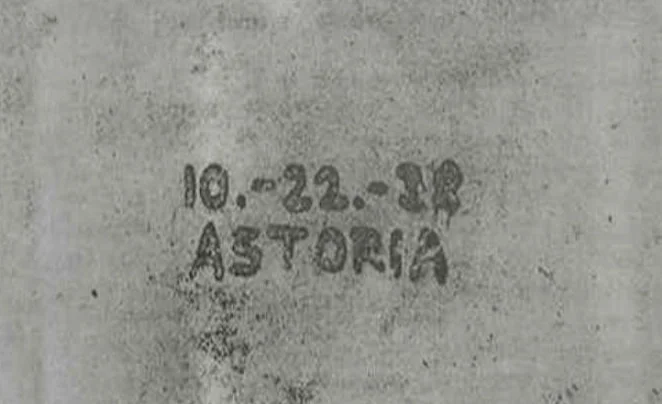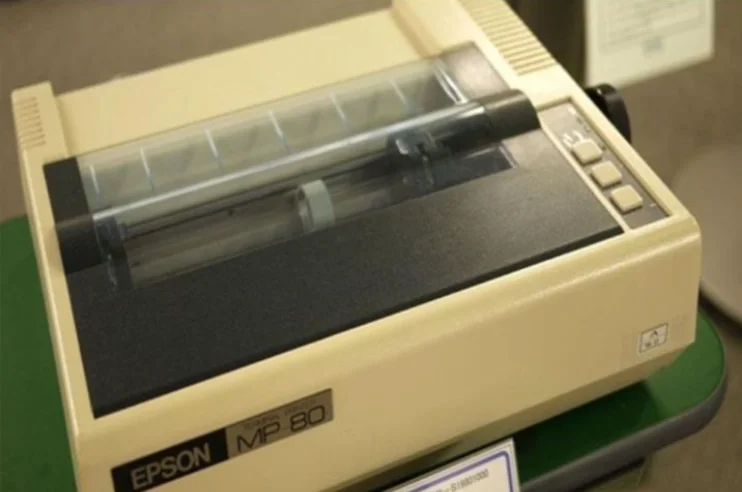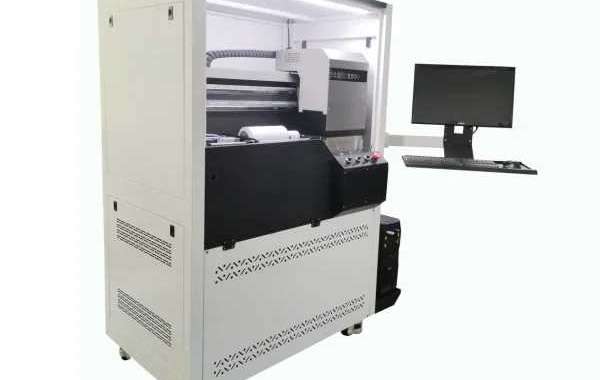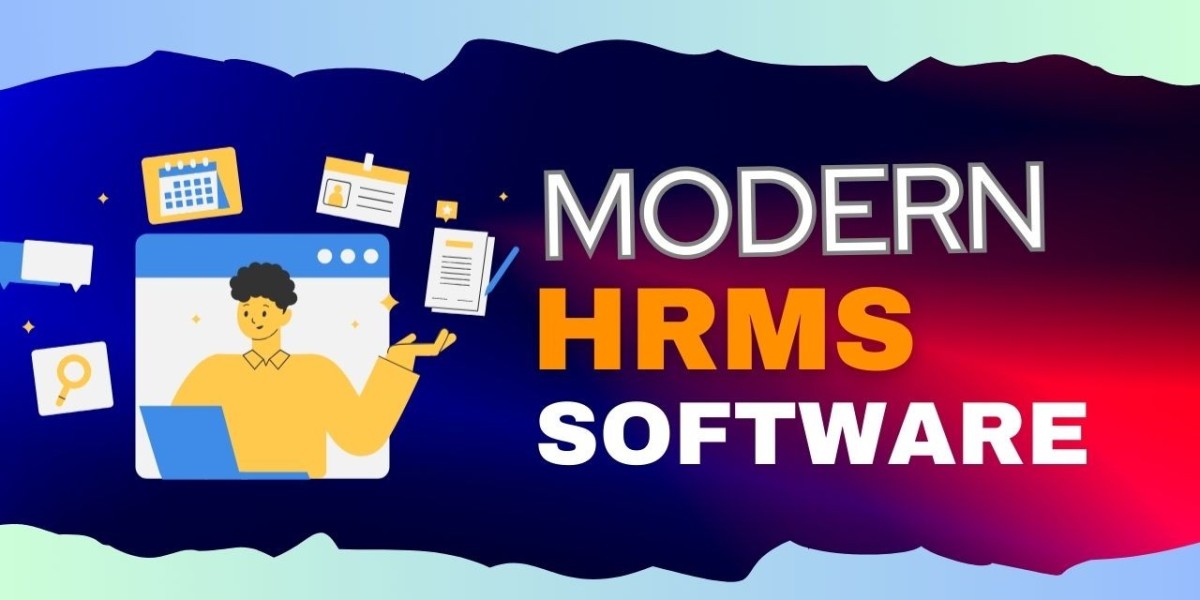Printers have become a necessity in life. In the past, everyone would buy a computer when they went to college. It is no exaggeration to say that they will have to be equipped with a printer when they go to college in the future. In the future, it is not impossible that every classroom will be equipped with a printing device.
Office printers are necessary, regardless of the size of the company, for the sake of convenience, most companies will be equipped with one or more printers.
As for the family, since the children started kindergarten, people gradually discovered that a printer is necessary at home, and it must be in color. From the width of A4 to the width above A3+, from black and white to color, from laser to inkjet, from expensive price to home-friendly, these changes can be seen, the printer has moved from commercial to home. So it can be seen that the current printer has become a must-have for every family and unit.
Let's talk about the development history of printers first:
Copy
When it comes to the development history of printers, we have to mention the four great inventions of our country, papermaking, printing, gunpowder, and Sinan. Whenever I think of these four inventions, I am proud of China and praise my ancestors. Since ancient times, there has been a demand for printing and copying. Knowing the history of hundreds of years now, people's demand for these is increasing, and these needs have not been eliminated because of today's technology, which means that copying and printing will be at least in the next ten years. It cannot be replaced by any electronic equipment.
The earliest printing required engraving for printing, and then movable type printing was used later. In fact, it can also be seen that this is a unit conversion from page to word.
In 1943, Chester Carlson of the United States manufactured the world's first copier, and was later called the "father of copiers".

At that time he invented xerography, which was in October 1938, and he made the world's first photocopy through zinc plates, sulfur, rubbing, waxed paper, heat, and through these tools and processes.

Typewriter is a very strange thing for the post-90s generation. Sometimes we may see it when we watch old movies or TV series from that era, but how many young people will recognize it and how many people can say it What about the origin?

We have no way of knowing the specific time. The current available information is only in 1714. An Englishman registered a patent for the invention. At that time, no one knew what it was, nor could they imagine what it looked like. No matter what kind of article it is, it can be used to type it, and the typesetting is not bad compared with printing. In fact, no one had seen this typewriter at that time. Later, people only recognized that it was made in the United States in 1828, the Burt Family Alphabet Typewriter.
At that time, the use of this typewriter was very troublesome, because the inventor was only A\B\C\D....... Arranged in this order, it was very laborious to use. In 1868, another great man appeared, and he put the difficult-to-use 26 The alphabetic typewriter rearranged Shunxun, which is the current 26-letter sequence on our computer.
In the 1960s, Epson became a world-renowned brand from a dying company. The person who saved Epson was called the savior of Epson.
This means that the earliest printers used in our office were actually dot matrix printers, which are still in use and are mainly used to print invoices, flow sheets, work orders and other computer papers.

Later, IBM began to study inkjet technology. At that time, Siemens, which was secretly competing, also released its own inkjet technology. They were all inkjet printers, but the technology was different. Since then, inkjet printing has been divided into two camp, one is piezoelectric inkjet technology, and the other is thermal foam inkjet technology. At present, thermal foaming is used by two major manufacturers, one is HP and the other is Canon.
Therefore, when most people choose to buy a printer, they need to refer to the following factors:
1. Speed
Usually when we buy a printer, the most important thing we pay attention to is the speed of the printer. Generally, customers will have requirements for the speed of the printer, but no one knows the speed of the printer. The speed of the printer itself should not be considered. The actual speed should be divided into:
The interaction time between the computer and the printer - the processing time of the printer - the physical printing time of the printer - the time of the final delivery.
The above is the real printing time of the printer. For example, when you use a computer to send a job to the printer, the interaction time between the printer and the computer is easily overlooked by everyone. In fact, most people’s computers are in a state of suspended animation at this time, and the software that sends the job cannot do it. For any operation, your computer software will only unfreeze when the interaction is completed and the printer is processing. We call it freezing.
2. Color
For some customers who need to output color, speed is one aspect, and color is also very important, so we need to find some equipment that can print color, but who knows that different printers correspond to different color files.
For example, a GIS customer often prints color maps and other documents. Their requirement for color is the ability to restore color. For example, a set of aerial photography data needs to be printed out. The color of your aerial photography is likely to be beautified, which will lose the effect of color reproduction, resulting in a deviation in this set of data.
3. Accuracy
Customers who print color documents also have requirements for the accuracy of the printer, so how to choose the accuracy of the printer?
In fact, the maximum printing accuracy of the printers currently on the market can only reach the accuracy of 1200*2400DPI. This data is the real accuracy of the printer, so don’t be deceived by some manufacturers. This accuracy data refers to the longitudinal direction of the printer’s paper. The precision is 1200DPI, and the precision of the pen holder swinging from side to side is 2400DPI. At present, there is no technology that can break through this precision.
4. Width
Another important choice for the printer is the width. At present, most of our common OA office printers are A4 width, and the composite machine is basically A3+ width. The width of large format printers is relatively large, ranging from A1 to 60 inches. Yes, the current large-format printer with high precision has a maximum size of only 60 inches (1520 mm)
The above are the factors that need to be considered when purchasing a printer. I hope it can be helpful to you. If you want to know more information or purchase a printer, you can fill out the form to inform us of your needs or send us an email: bluece@vigojet.com
High Speed Office Printer Supplier - Vigojet
Guangzhou Vigojet Digital Equipment Co., Ltd. was established in 2018 and is located in Panyu District, Guangzhou City, with convenient transportation and beautiful environment. The company covers an area of 1300 square meters and has 28 employees. We are mainly engaged in the research and development, production and sales of digital inkjet printers. We have extensive experience in the inkjet printing industry. The main products include Inkjet Printer, UV flatbed printers, UV roller printers, solvent inkjet printers, eco-solvent inkjet printers, DTF and DTG printers. In addition, we are committed to developing new products to meet the different requirements of customers. We have marble platforms and infrared detection equipment to strictly control the quality of our products.









